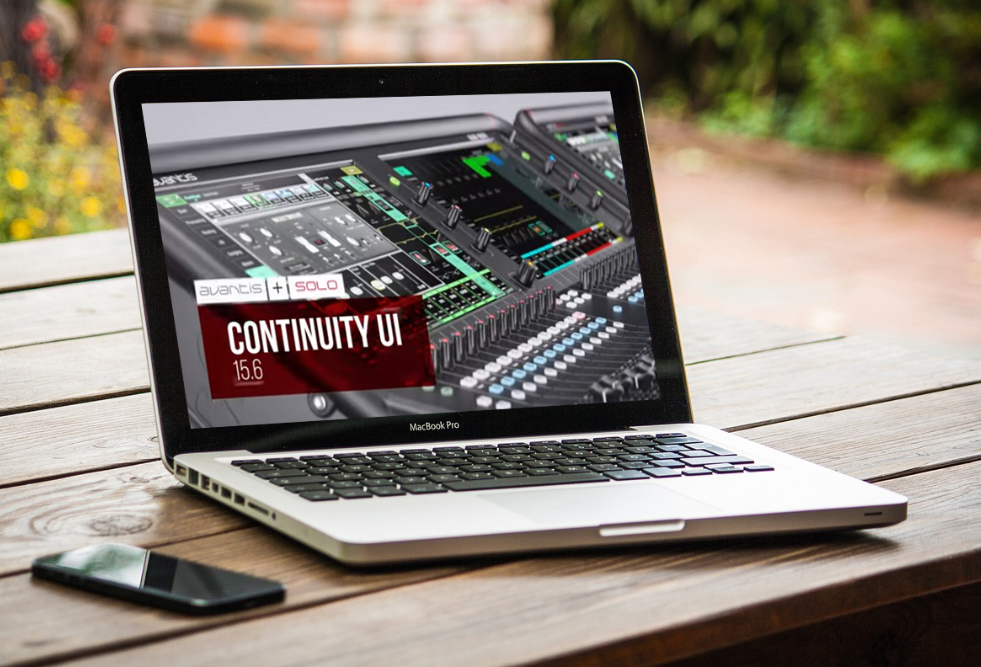So, today you were emailed an input list for an upcoming fly date. You’re being flown in to sit at a console in your special stage left hideout and mix in-ear monitors for an eight-piece band. There’s not much info and it’ll likely be a “throw and go” day of show, so you have to be quick and smart when it comes to dialing in your session.
“I’ve never been on this desk. Any tips and tricks I need to know to get comfortable on it?” This is a question I often see popping up on the live audio forums and groups that I’m a part of.
However, I suggest a more valuable question: “what things should I prioritize?” There will likely be only limited time to build a file exactly the way you’d like it. Load-in is a mere couple hours before the band hauls in their gear and starts to noodle, expecting their “ears” to sound pristine just a few minutes into sound check (if you’re even lucky enough to get one.)
The Value Of Homework
Let’s preface with a couple of things: Console manuals and YouTube videos are always a smart way to get up to speed on a new rig. On my very first tour, I found myself on an Avid S6L. I’d never touched that desk before but was confident that I could figure it out. So, when I walked onto the bus for my “trial weekend,” I heartily greeted the band and then slipped off to my bunk where I holed up for three hours watching videos on this new rig. Never underestimate the power of YouTube.
Whatever desk you’re on, there’s likely an offline editor where you can build your show file ahead of time. That will solve a lot of problems. Unfortunately for us Mac users, a lot of offline editors are only compatible on PC. So it’s smart to download Bootcamp or Parallels in order to utilize it.
Even better than an editor would be to actually find yourself a physical desk to sit down at and get really in the weeds. But unfortunately not everyone has the luxury of having the exact desk available, particularly when timing is already tight.
I’ve had to walk into many a new console, on one-offs, fly dates, and festivals for tours I’ve been lucky enough to mix. With that in mind, here are some tips that have worked for me when I’ve found myself at an unfamiliar board and without a pre-built file.
It starts with a list of priorities that can help make the show go as smoothly as possible. This “to do list” has worked for me, and perhaps it can serve as brain fodder for you in hopefully creating a personalized rhythm that works best for you.
The first thing I do the minute I walk up to a desk is label absolutely everything in order to minimize confusion later on in the day. Inputs, outputs, effects, and I always label every band member’s mix by name. After that, I blast some pink noise through both sides of every send, making sure left goes left and right goes right.
Solo buses on every console look a little different, and setting them up can vary quite a bit. Definitely read up ahead of time on how to get the solo bus routed to the cue pack the way you want.
This is the moment where I state the painfully obvious because it matters that much: line check every single input before the band even shows up. Work with the tech and do a thorough line check, or if there’s not a tech, solo each input at a time and go get your steps in. The last thing you want is to have to track down a patching misstep when the band is all plugged in and ready to play.
Setting The Stage
After that I start building rough mixes for each player – a “guesstimate.” All talkbacks up. Drummers need a lot of click. Bassists want a lot of kick. Stage left guitarist is probably going to want their stage right counterpart panned to their right. Lead vocalists may not ask for background vocals panned to their perspective, but let’s be honest, they’re going to like it, and it opens up that space in the middle for their own vocal to sit.
One goal I always have is to make sure that band members can hear themselves the minute they put in their ears. A chunk on their electric guitars. Some noodling on the keys. The key is forethought and preparation.
Less vital on my list but also valuable is routing effects and sending them to a few mixes, specifically for the vocalists. Unless they’re one of the few singers I’ve met that prefer a dry vocal, they’ll ask for a verb almost the minute they get onto the microphone. So why not beat them to the punch? A subtle vocal verb and some “special sauce” for the snare and toms and things should be in pretty good shape.
A few weeks back I was in rehearsals for my current tour. The artist didn’t come in for the first couple of days so there was plenty of time to dial things in with the band.
More than anything, though, I wanted to make sure I had a solid mix going for my artist before she walked through the door. I threw it together in a few minutes but thankfully had some coveted time to fine-tune it a bit before she rolled on in. I built her a mix of something akin to singing along to her songs in the car. Ears went in. She gave me a thumbs up and said it sounded good. (The sigh of relief that left my lips after that was definitely audible.)
I don’t share that story as a pat on the back to myself. It’s just a straightforward example of what some forethought going into a gig can mean for chances of success and overall stress levels. Because you’ve eliminated potential issues beforehand by line checking, labeling, and building preliminary mixes for each individual band member, you can focus on getting the folks onstage to a great place quickly and painlessly.
If anything, this “to do list” can guide your YouTube tutorial and/or console manual hunt and provide some answers ahead of time, setting you up for a win.















